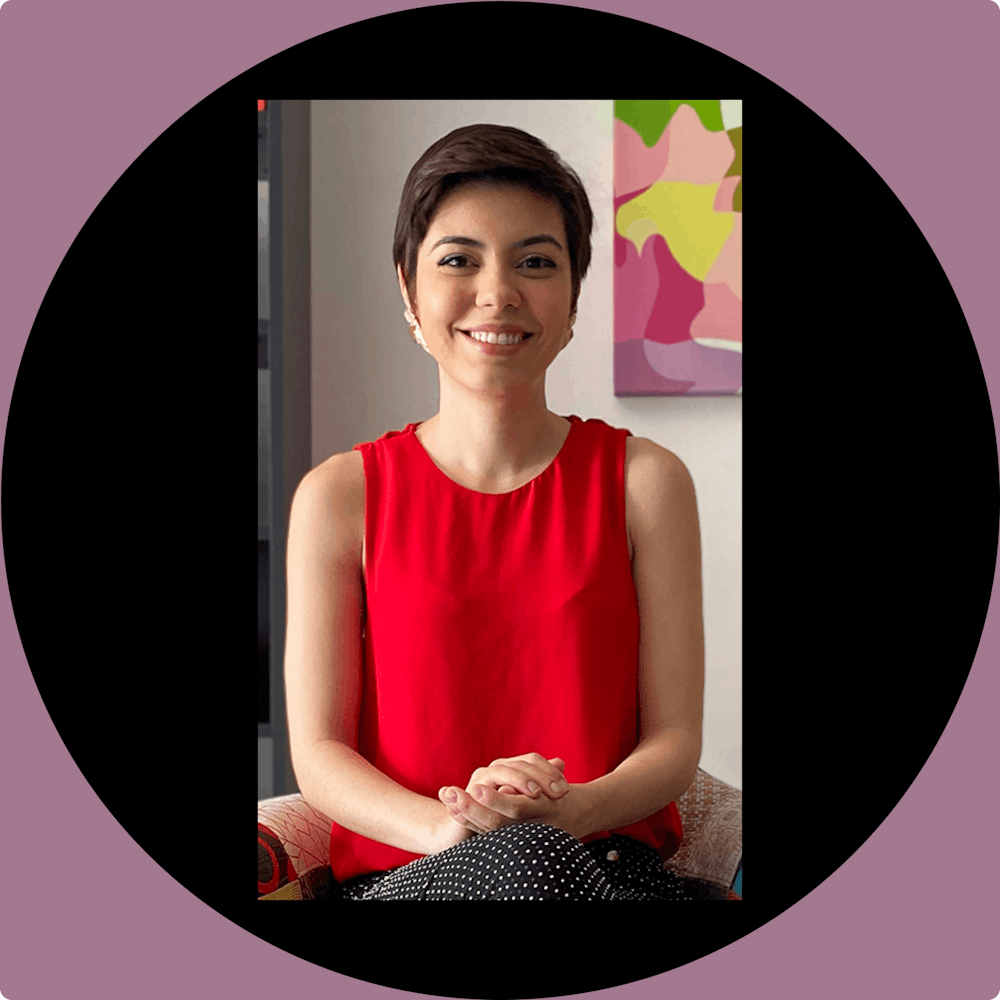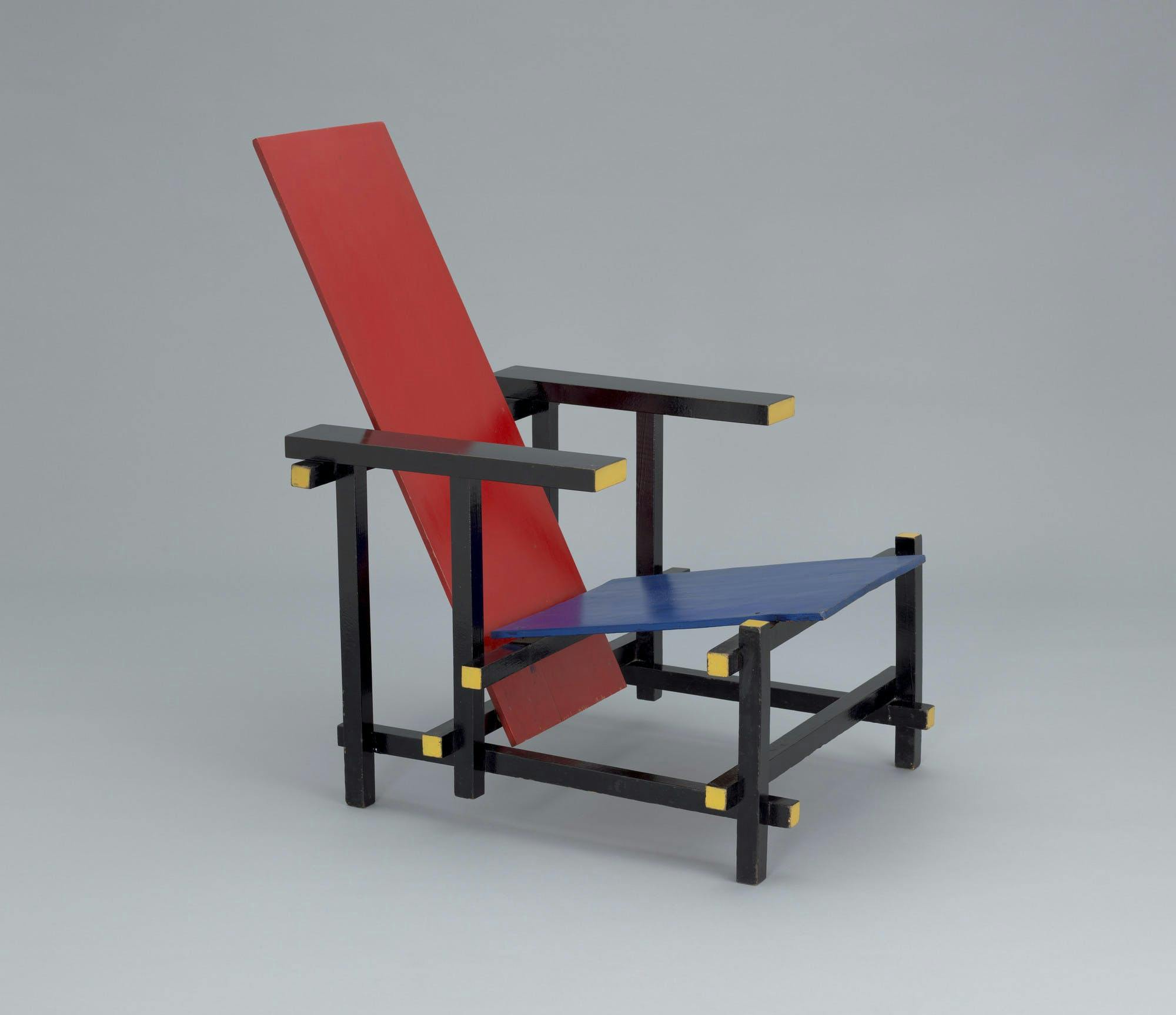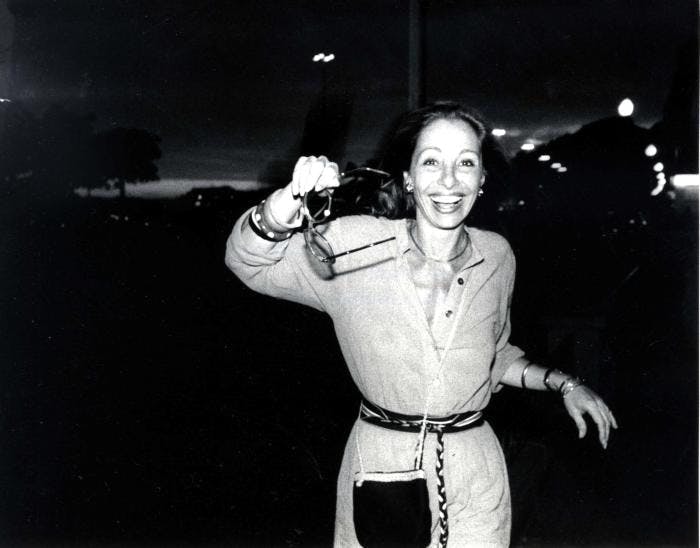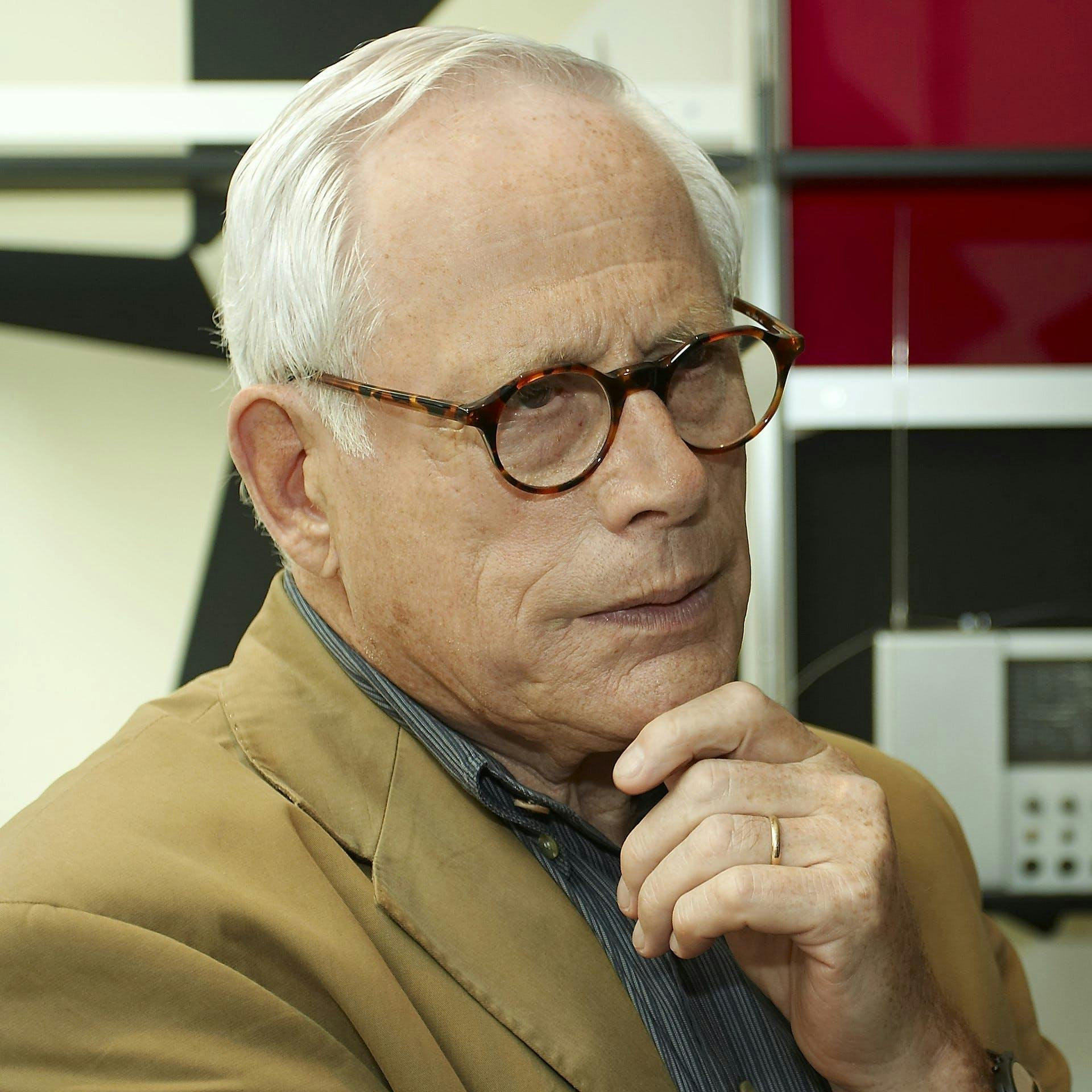Lena Sotto Mayor
Lena is a Product Design Lead at Globo.com, where she’s been creating digital experiences for the brand’s main channels. Born in Manaus, Brazil, she was heavily influenced by her mom, an architect, who encouraged her to pursue design as a career. Lena shares with DOC the sources and references that marked her career path and shares a provocation for our industry.

You know those annoying kids who want to know the why behind everything? That was me, Lena. That inquisitive personality persisted over the years and I then learned how to incorporate it into my work. I was born in Manaus, Brazil and I remember my mom, an architect, who was always creating art around me — of any type.
After 3 years of studying Civil Engineering, I decided to try another career path. Tried Architecture for 6 months but ended up in Design. That’s where I found myself. Took a master’s in Magazine Publishing at London’s College of Communication. I really wanted to design print magazines… until I had my first experience creating an app for an editorial title. I dove headfirst into the world of UX. Today I work with an amazing team of designers, building experiences for sports fans in the largest media conglomerate in Latin America.
Looking back and reflecting over my career journey, I am —today— incredibly proud of being an Amazonense woman working with design in Brazil. I’m proud of the projects I contributed to, and most importantly: proud of preserving that inquisitive personality and always asking the questions that will help me, and my team, fully solve the challenges we’re presented with.
01
De Stijl: Gerrit Rietveld (architect and industrial designer) e Piet Mondrian (painter)
My mom had a collection of chair miniatures signed by famous designers. I especially remember, as a kid, being fascinated by this red and blue chair that was part of her collection. While flipping her Art & Design books I used to point to the chairs from her collection and I always kept coming back to a few pages that had abstract black lines and colorful shapes over a white background. Only many years later when studying art and design history I came to the realization that Gerrit Rietveld and Piet Mondrian were the authors of the artworks I kept referring back as a kid. Later I understood that what fascinated me in those pieces were the constructivist principles and the geometric abstractionism typical from dutch modern art De Stijl (Neoplasticism).
Today I’m able to understand that a lot of the clarity, use of grid/geometry, and conscious color application I seek in my work has to do with those early references I consumed as a kid, way before I ever considered a career in design.

02
Bea Feitler
In 2013 I inadvertently flipped through an edition of "The design of Bea Feitler", and fell in love with the history and work of that Brazilian designer. That book has become one of my favorites. Bea’s biography is as expressive as the work she produced. Woman, Brazilian, daughter of immigrants and working in New York of the 60s, Bea Feitler won over the skepticism of a male-dominated industry and produced expressive artwork that has become icons of her generation. Her work is colorful, daring, and intelligent — truly graphic representations of the time where she lived.
Work such as Bea’s is one of the reasons why I’ve always wanted to work with editorial design. Under her direction, pages come to life, build rhythm and contrast. Illustrations, typography, colors, and photography combine to create impactful compositions that complement the content and continue to inspire even five decades later.

03
Dieter Rams
My first contact with the name and work of Dieter Rams was during my graduation. But I only truly understood the real impact of his work and philosophy when I started to work with digital product design and UX. Through daily objects he designed for Braun and Vitsoe for over 50 years, Dieter Rams brought design from museum galleries to people’s homes, showing that it was possible to balance technology, aesthetics, and functionality to create timeless products. Elevating common day-to-day objects to the state of art, Dieter helped shape the industry he was part of.
Although his work being primarily focused on industrial design, when publishing his “10 principles of good design”, Dieter Rams summarized the foundational work he applied, defended, and spread through the products he designed. He has become a reference for everyone who wants to use design as a tool to solve everyday challenges, whether through tridimensional products or digital ones.

A provocation
The competitiveness of our industry makes designers feel pressured to create the next revolutionary solution, regardless of what the brief really says. It’s easy to lose yourself within the possibilities that visuals and interactions can bring into a design object. But trends come and go, and the most timeless solutions are the ones that are really focused on solving human problems.
More than technical knowledge, I believe designers need to be able to abstract and edit. Great designers are able to visualize a product in its usage context and, that way, know precisely when less is more, and when the opposite is also true.
Finding the right moment for known patterns versus innovation is a hard task, that requires a vast repertoire as well as years of experience. Designers need to make a conscious effort to stay passionate about the problem, not about the solution.